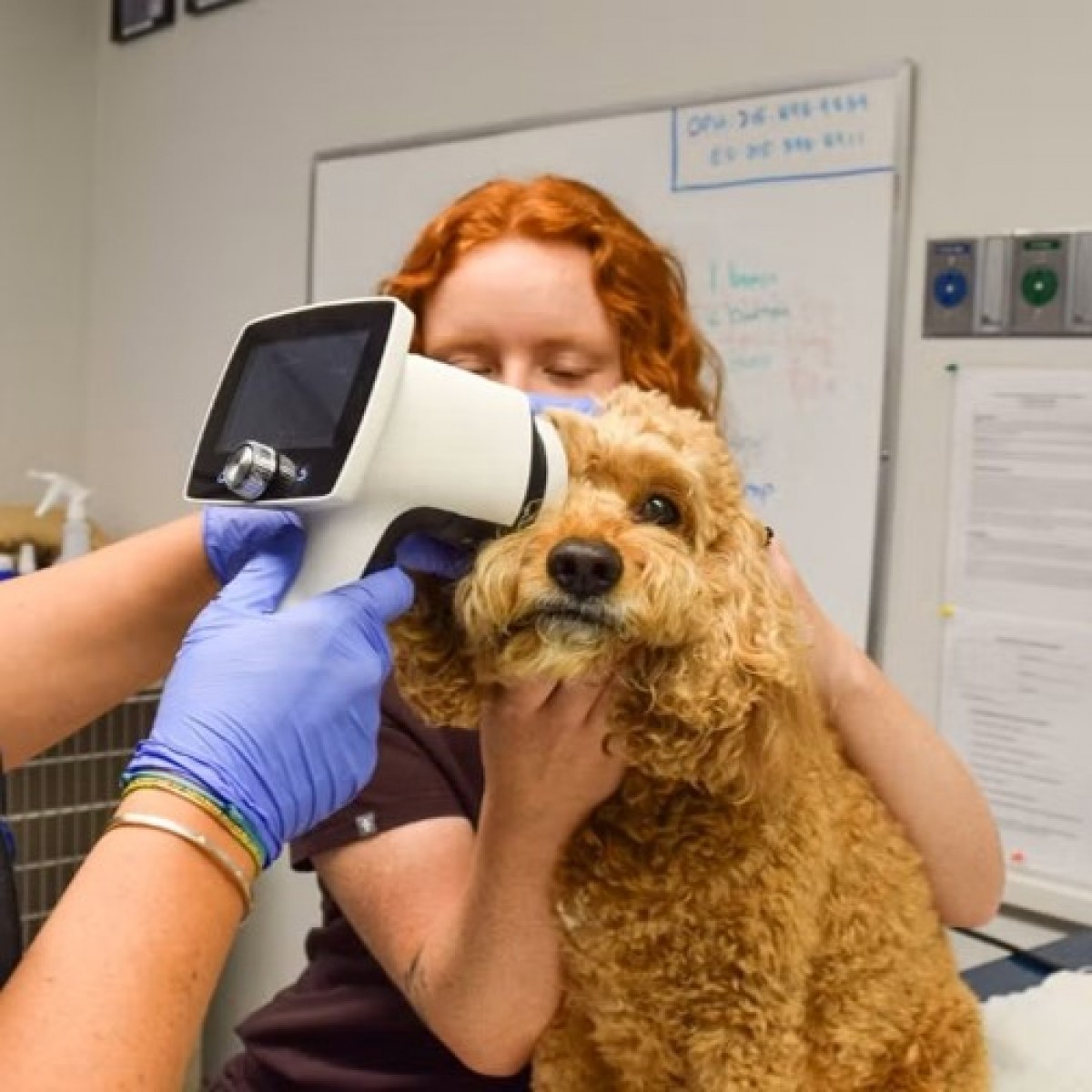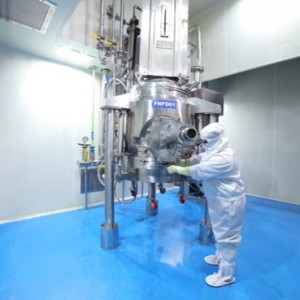Clinical presentation, MRI characteristics, outcome of management of spinal epidural empyema in dogs
To describe the clinical and MRI features, and the outcome of conservative or surgical management of SEE in dogs
Spinal epidural empyema (SEE) represents a neurological emergency in veterinary medicine, but information on this condition is limited to date. This retrospective case series study describes the clinical and magnetic resonance imaging (MRI) features and the outcome of conservative or surgical management of SEE in 30 dogs diagnosed with SEE from September 2015 to March 2020 at one referral neurology center.
The most frequent clinical sign was pain 28/30 (93%), and 22/30 (73%) showed neurological signs with ambulatory paraparesis/tetraparesis 15/30 (50%), monoparesis 1/30 (3.3%), non-ambulatory paraparesis 3/30 (10%), or paraplegia 3/30 (10%). MRI was valuable for the diagnosis and in the follow-up. In this group of dogs, 24/30 (80%) were conservatively treated, and 6/30 (20%) were surgically treated. The outcome was considered favorable in all dogs: 20/30 (66.6%) achieved full recovery (3 surgically treated and 17 medically treated), and 10/30 (33.3%) dogs had an improvement in the neurological signs with residual ambulatory paresis (3 surgically treated and 7 medically treated). Surgical treatment showed better short-term (7 days) outcomes than medical treatment in non-ambulatory paraparesis or paraplegic dogs (33%). Nevertheless, this study suggests that a good recovery may be achieved with conservative treatment, even for non-ambulatory or paraplegic dogs.
Further prospective studies, with a standardized protocol of diagnostic tests and a homogeneous distribution of conservatively and surgically treated dogs, are needed to establish treatment guidelines.
Carlos Blanco et al. “Clinical Presentation, MRI Characteristics, and Outcome of Conservative or Surgical Management of Spinal Epidural Empyema in 30 Dogs.” Animals (Basel). 2022 Dec 17;12(24):3573. doi: 10.3390/ani12243573.














List
Add
Please enter a comment